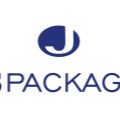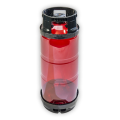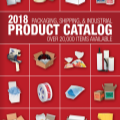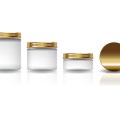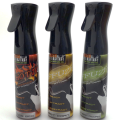If this is your company, CONTACT US to activate Packbase™ software to build your portal.
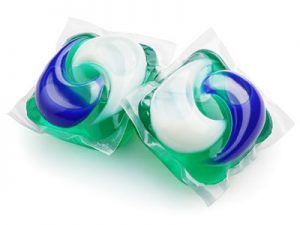

Industry innovation and the ability to buy online have led to the growth of flexible packaging as a preferred packaging option compared to traditional packaging. Generally, when we think of flexible packaging, pouches are what first come to mind. With so many products and industries that can reap the many benefits of flexible packaging, we will explore the various options.
THE TYPES OF FLEXIBLE PACKAGING
More markets are looking to capitalize on the popularity and benefits of flexible packaging, which has led to the development of different types of flexible packaging options. According to the Flexible Packaging Association, the largest market of flexible packaging is food and beverage. However, flexible packaging is still heavily used in other markets such as household chemicals, personal care, cannabis/CBD industries and medical/pharmaceutical.
Packaging manufacturers have accommodated the different markets by developing different types of flexible packaging options. Some of the popular types of flexible packaging include:
- Sachets: Also called packets, sachets are popular with small items and individual servings of condiments, medicinal or beauty products
- Flexible wrappers: Individual candies and mints are generally wrapped with flexible packaging materials.
- Dissolvable pods: This packaging option is commonly used with pods for detergent and other cleaning products to offer mess-free, premeasured amounts.
- Package liners: Flexible packaging materials are used to develop liners or bags that hold the contents within the package.
- Pouches: Flexible pouches are single-use, resealable, sustainable and often more cost-effective than traditional packaging options like glass, metal and cardboard.
FLEXIBLE PACKAGING POUCH STYLES & FEATURES
When it comes to pouches, stand-up pouches are the most familiar flexible packaging options on the market. Pouches have seen an increase in popularity due to consumer demand and the growth of flexible packaging across all industries. This is because of the benefits they present not only to the consumers but also to manufacturers.
The Types of Flexible Pouches
- Stand-up pouch: Designed for packaging and displaying various foods and items, stand-up pouches have sealed sides and a bottom base to provide stability. This allows everything from coffee, pet food and cleaning products to truly stand up perfectly for storage and convenience.
- Flat pouch: These are also referred to as pillow pouches due to their flat and simple design. Flat pouches are ideal for storing and transporting products such as snacks, candy, cosmetics and household items. Recently, flat pouches became popular in the CBD and legal cannabis markets as a way to package products.
- Side-gusseted: This type of packaging format is named for the gussets on either side of the bag that expands when filled with product. Gusseted pouches are commonly used for dry items such as coffee, frozen foods and cleaning products.
- Block-bottom: The big difference with block bottom pouches is this packaging allows them to stand while being filled. This type of pouch gives more room for branding since you can print your logo, information and instructions on all sides of the package.
Pouch Features
- Resealable: Adding the resealable feature to flexible packaging pouches allows the consumer to store and preserve the contents. This provides an airtight seal that protects the contents and allows them to be stored for later use.
- Different notch types: Both a tear notch and hanger notch can be added to flexible pouches. A tear notch allows the consumer to easily open the package by tearing at the designated opening. The hanger notch can be used for display purposes.
- Ability to see contents: Consumers like to see the contents of the package they purchased. With flexible pouches, there are options to have the entire pouch clear, have one side clear, or have a single clear window for viewing the contents.
- Dispensing spout: There are various dispensing spouts that can be incorporated into the pouch to allow for convenient, mess-free dispensing of the product.
THINGS TO CONSIDER WITH FLEXIBLE PACKAGING
Determining the type of flexible packaging and features you need is very important when it comes to ensuring your product has the right packaging solution. You will first need to consider the actual product being packaged. You will need to take into account if the product is sensitive to light or moisture and/or needs a package liner. If so, a barrier layer of material may need to be added to protect the product.
Another thing to consider is the size of the package you will need for your product. Flexible packaging, whether it be pouches or any kind, comes in a huge range of sizes. There are packaging options available for products that range from less than an ounce to 50 pounds or more.
How Can MJS Packaging Help?
The flexible packaging market continues to grow and does not show any sign of slowing down. If you are looking to take advantage of the benefits of flexible packaging, then MJS Packaging can help. We have a complete understanding of all the things that need to be considered to make sure your product gets the packaging it needs.
Caption: Gel pods allow detergent to be pre-measured, eliminating the mess of pouring liquid or powder formulas

